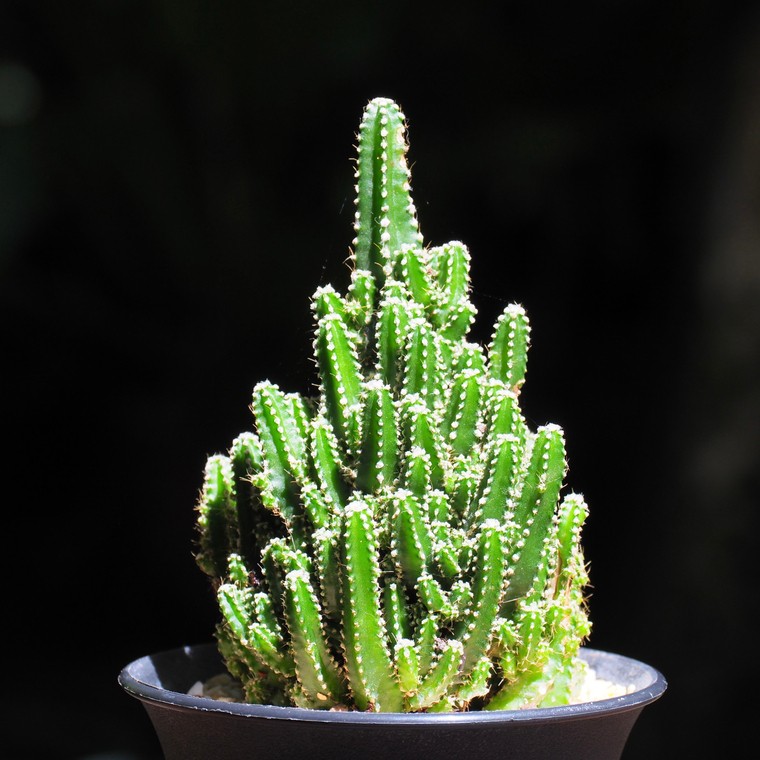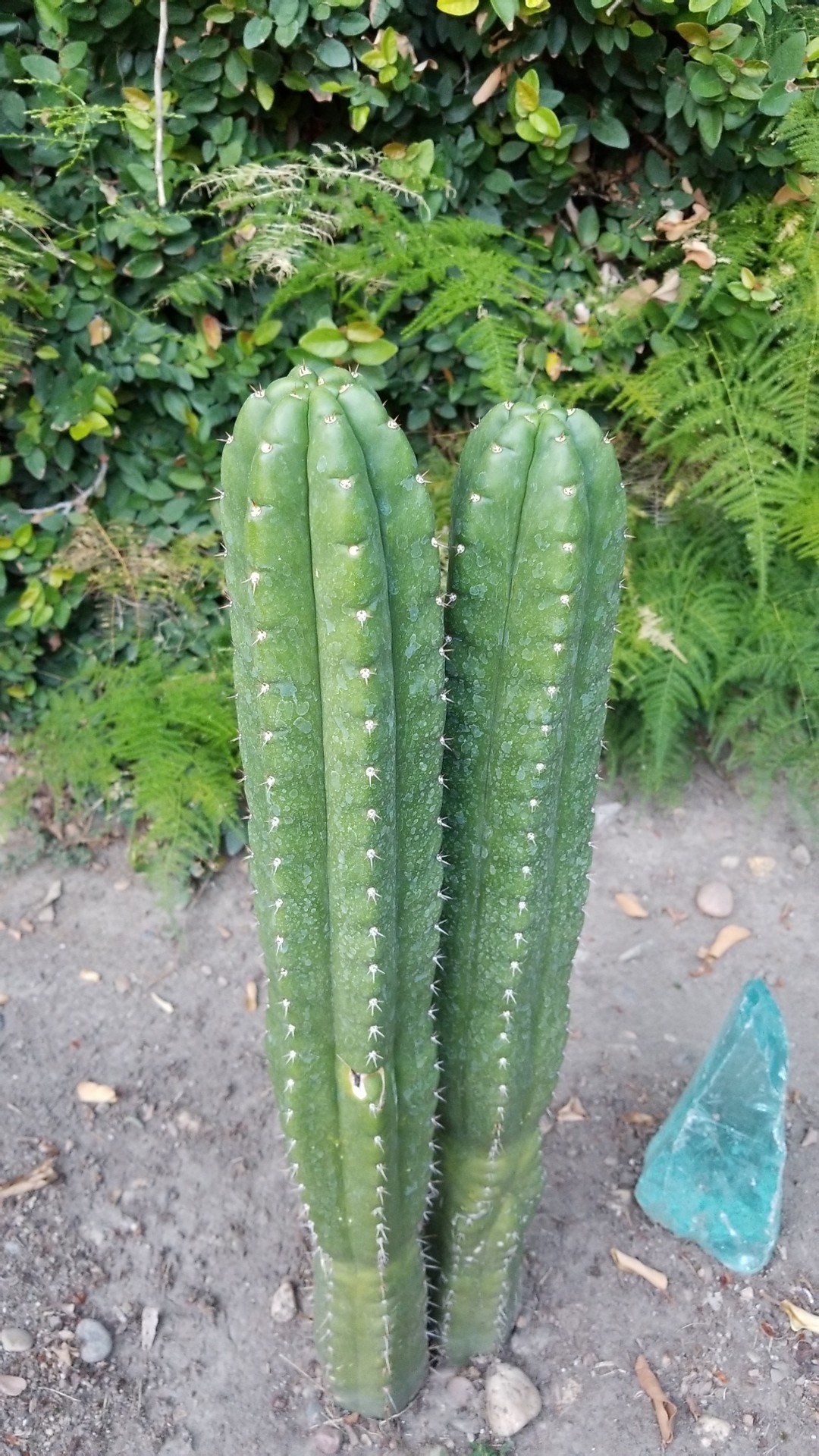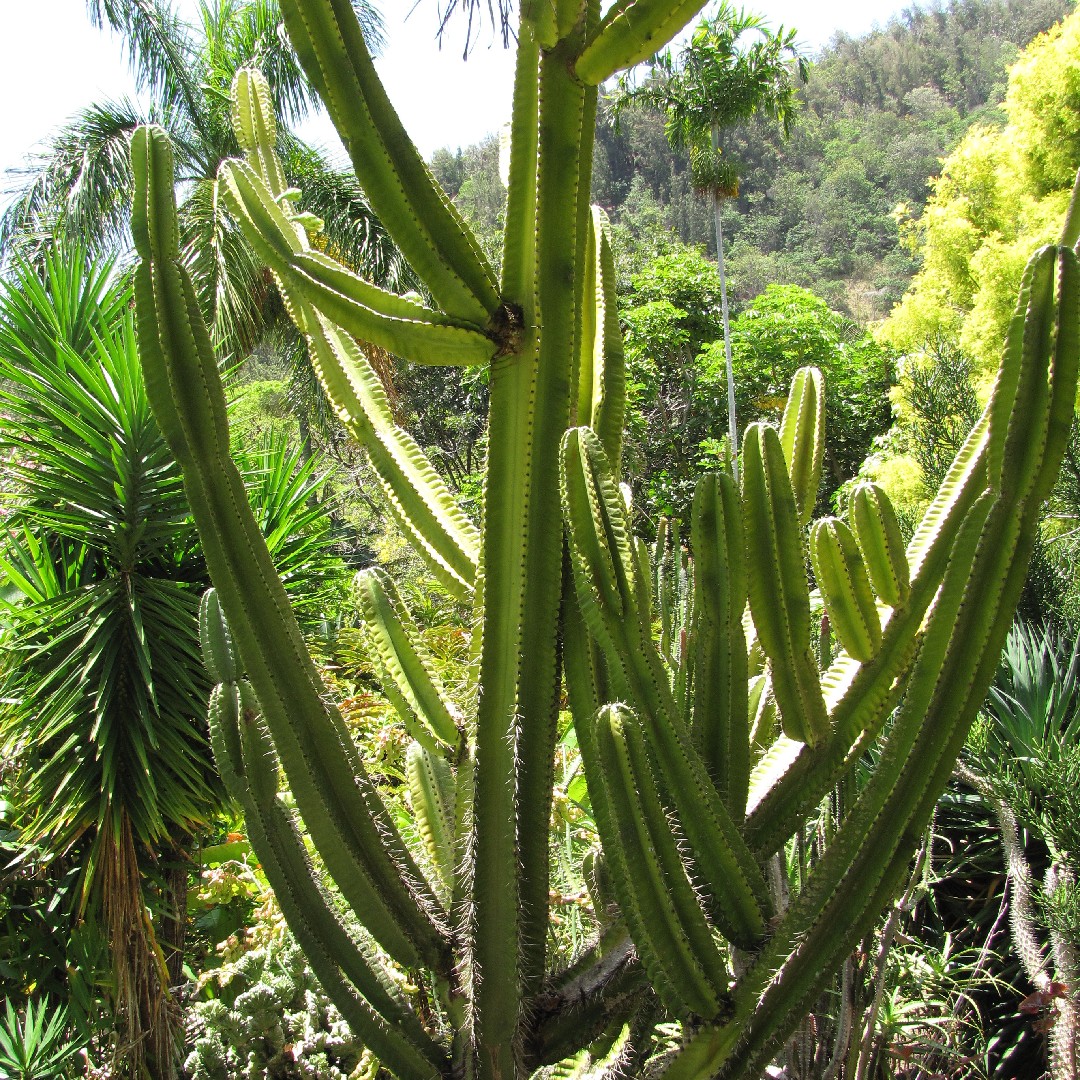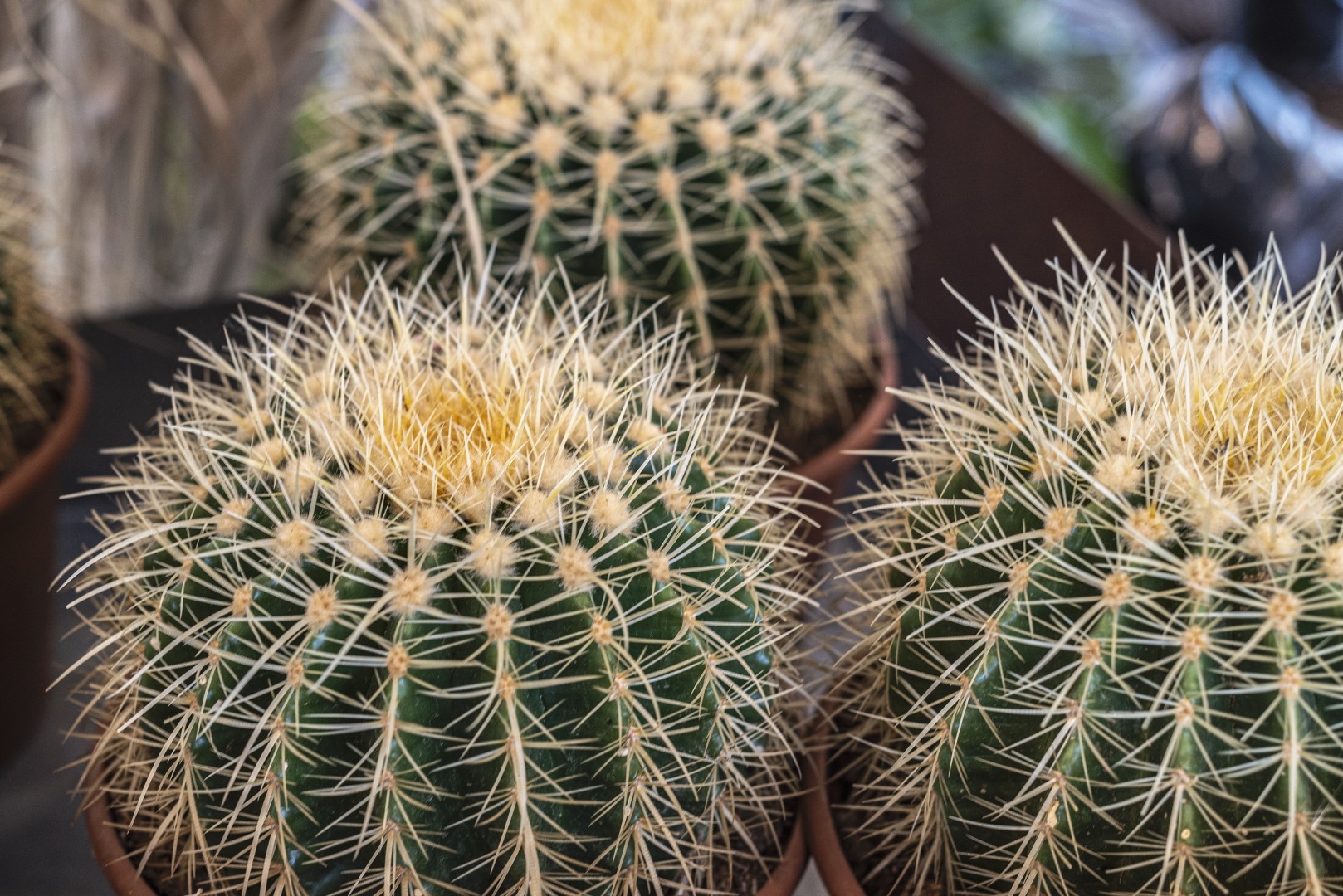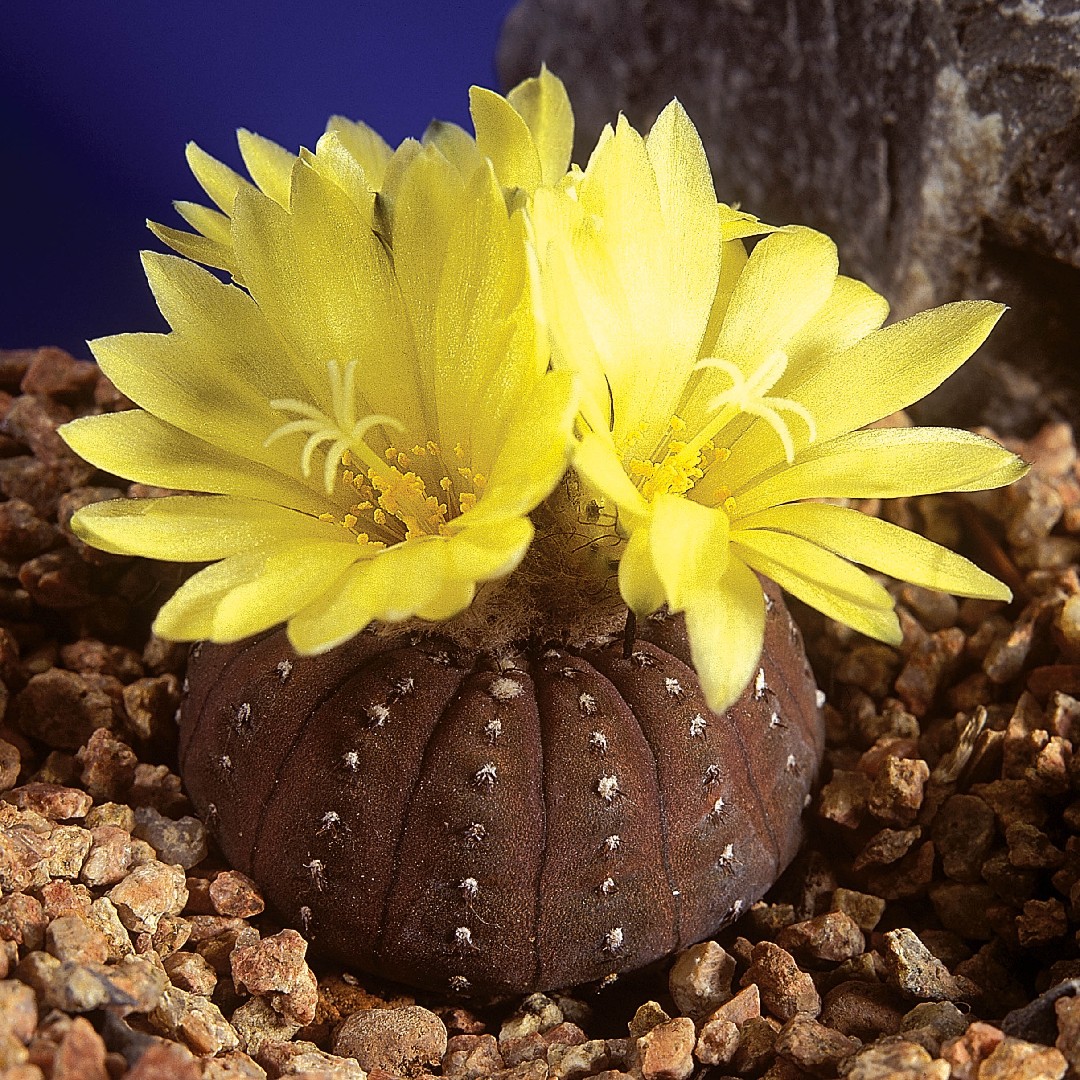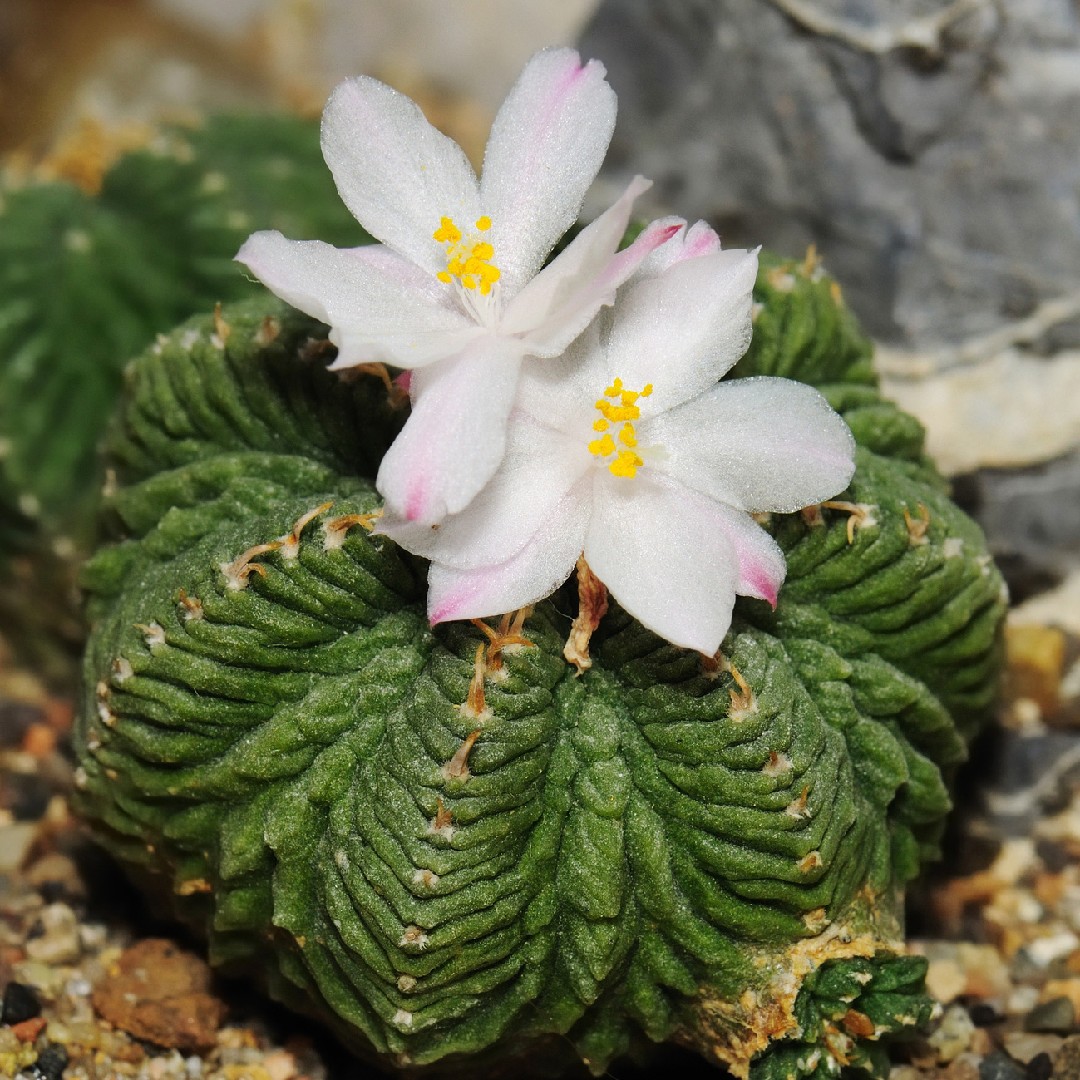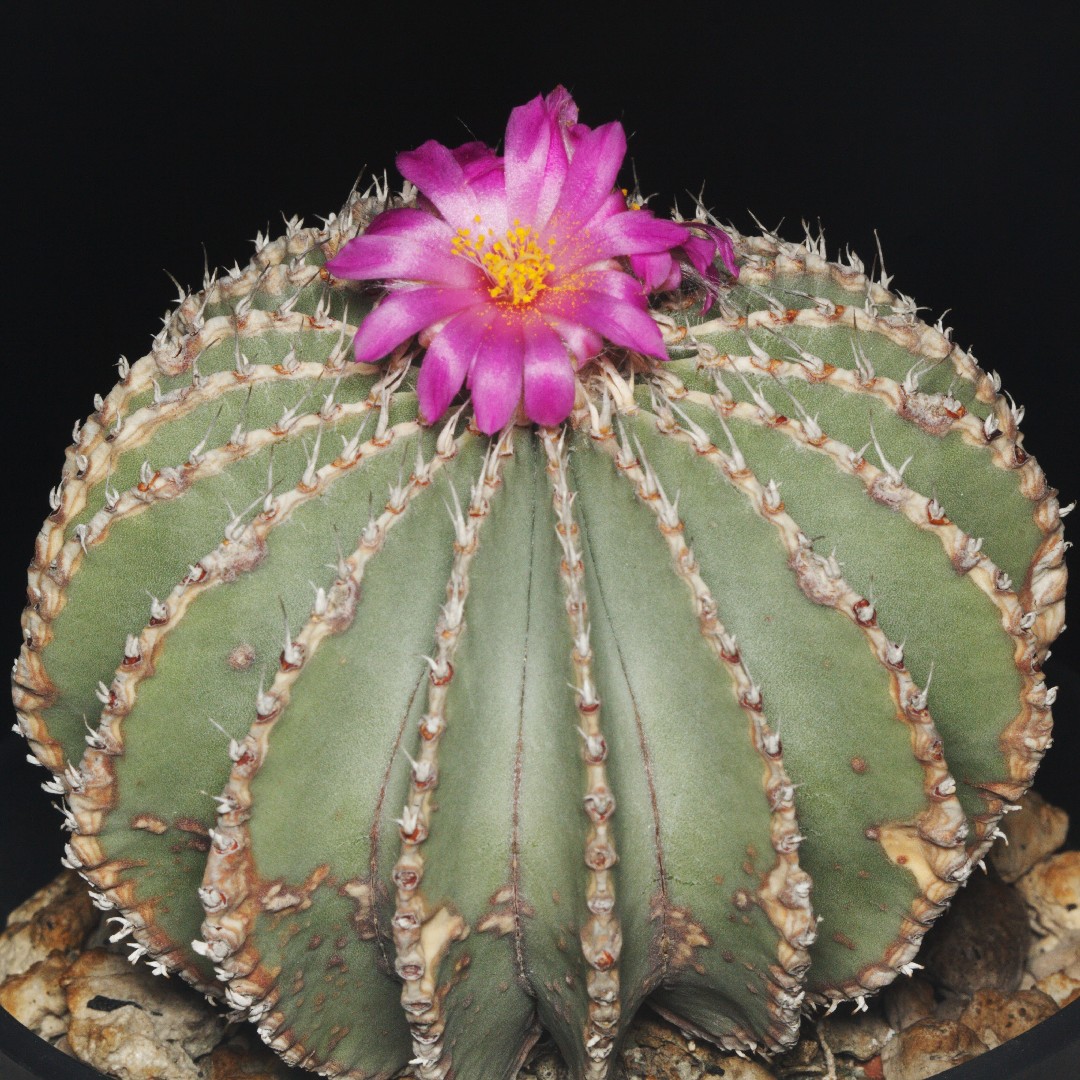Primary methods for propagating cereus include seeds and stem cuttings, with the latter being more common. Successful propagation hinges on warm temperatures, ample light, and well-draining soil. Special considerations include allowing cuttings to callus before planting to prevent rot and providing support for tall growth. Propagation difficulty is moderate, as stem cuttings typically root easily with proper care. To propagate by cuttings, (1) select a healthy stem segment, (2) let the cut end dry and callus for a few days, (3) place in well-draining soil, (4) water sparingly until roots develop, and (5) gradually increase watering as the plant establishes.





